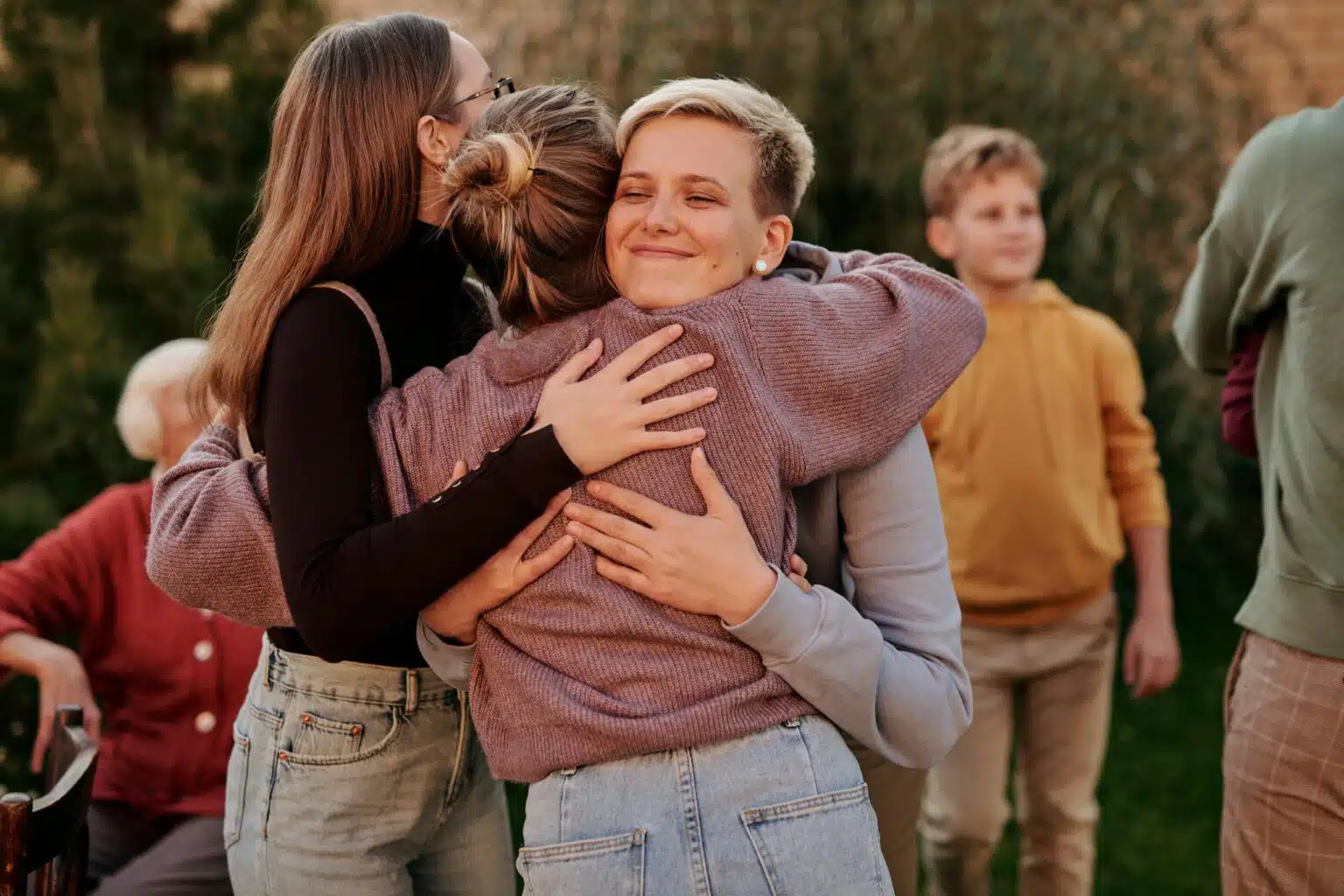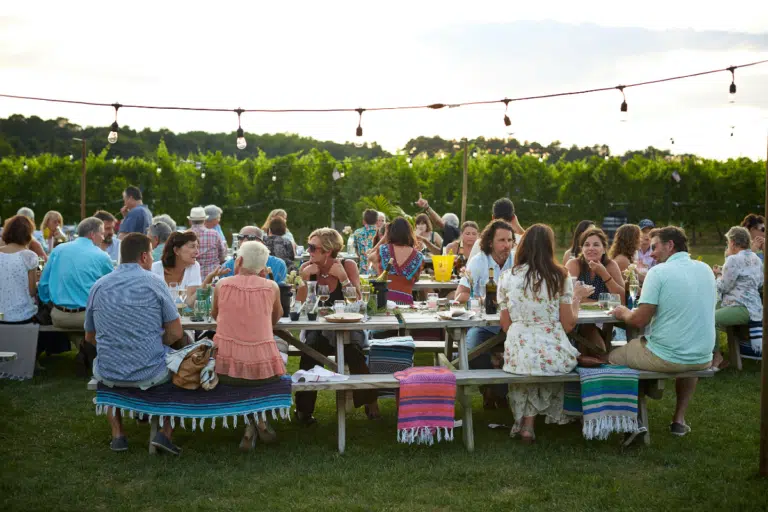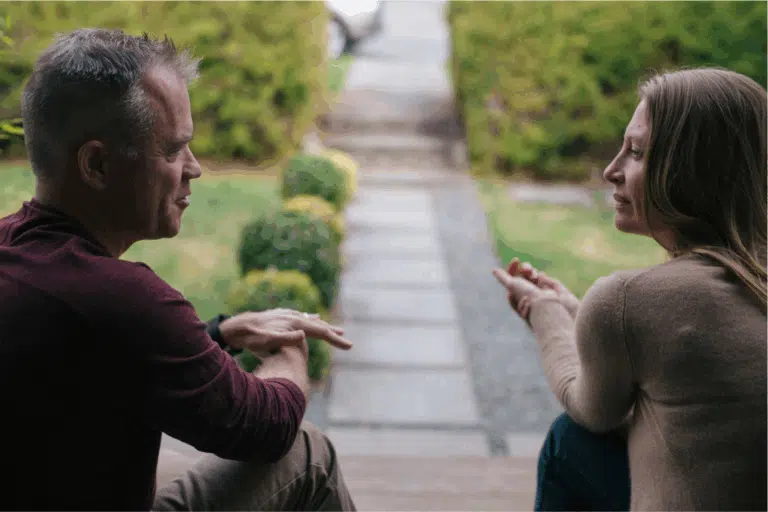We often think of relationships as something that make life more enjoyable and worthwhile – the people who celebrate our wins, sit with us in grief, or share a laugh on an ordinary day. But emerging evidence shows that relationships do far more than support us emotionally. They protect us.
Strong human connections shield us from loneliness, distress, and even poor physical health. In a world where loneliness is rising and daily pressures are straining families and communities, we should be viewing connection not as a luxury, but as essential infrastructure for a healthy life.
The evidence is clear
Across decades of research, a consistent story emerges: whether we look at long-term studies of individuals, international health data, or community surveys here in Australia, the conclusion is the same – relationships are fundamental to our wellbeing.
The Harvard Study of Adult Development
For more than 80 years, the Harvard Study of Adult Development has followed people’s lives to uncover what predicts health and happiness. Its conclusion is striking: good relationships keep us healthier and happier than wealth, fame, or career achievement.
As study director Dr Robert Waldinger puts it, “Loneliness kills. It’s as powerful as smoking or alcoholism.” Thriving relationships don’t just lift our mood; they buffer stress, reduce inflammation, and lower the risk of chronic illness.
The World Health Organisation
The World Health Organisation now recognises social connection as a fundamental determinant of health, alongside nutrition, housing, and exercise. Its 2025 Commission on Social Connection confirmed that loneliness contributes to 871,000 premature deaths each year – making it as serious a risk factor as smoking or obesity.
“Social connection is a fundamental human need, as essential to survival as food, water and shelter.”
World Health Organisation, Commission on Social Connection 2023
The NSW Loneliness Inquiry
Closer to home, the NSW Parliamentary Inquiry into loneliness found that nearly 40% of residents experience loneliness to some degree. Young people were the most affected, with loneliness strongly linked to mental distress, anxiety, and depression. The Inquiry warned that loneliness is not simply a fleeting feeling but a public health issue with real costs: poorer health, lost productivity, and higher service demand.
Leading national research
Relationships Australia’s 2024 Relationship Indicators survey echoed this picture: almost a quarter of Australians reported feeling lonely, while 79% experienced relationship pressures in the past six months – from cost-of-living stress to mental health challenges.
The 2025 report from the Household, Income and Labour Dynamics in Australia highlighted the broader pressures at play: long working hours, financial strain, and housing insecurity are putting relationships under immense stress, leaving less time and energy for connection.
Why connection protects us
Relationships act as a protective shield in multiple ways:
- Physiological protection: Supportive connections lower stress hormones like cortisol, reduce chronic inflammation, and strengthen immunity.
- Mental health protection: Loneliness is closely tied to anxiety, depression, and suicidal distress. Having trusted relationships doubles our chances of maintaining good mental health.
- Behavioural protection: People with strong social ties are more likely to seek help, recover from setbacks, and make healthier choices.
- Community protection: Connected communities are safer, more resilient, and better able to withstand crises – from natural disasters to economic shocks.
The pressures pulling us apart
Despite knowing how vital relationships are, many Australians find it harder than ever to sustain them.
- Cost of living: The HILDA report found that, since 2021, all indicators of financial stress have increased, with the biggest rise in people asking for help from family or friends. Cost-of-living pressures are a major contributor.
- Time scarcity: Work and study commitments often leave families and couples with little time to nurture bonds.
- Digital overload: The WHO found that, while technology can connect, it can also displace real-world connection, particularly for young people at risk of problematic social media use.
- Social fragmentation: Declining trust in institutions and increasing inequality are eroding the sense of shared community.
The result is that more people are feeling the health effects of loneliness, even while surrounded by others.
What helps: practical pathways to connection
The NSW Loneliness Inquiry made one thing clear: it’s not enough to simply create opportunities for contact. What protects us is meaningful connection – feeling valued, supported, and like we belong.
Here are some ways connection can be strengthened at every level.
For individuals and families
- Prioritise everyday connection: Put down devices at the dinner table, check in with a friend, or send a message of appreciation. Small acts matter.
- Open conversations: Make time to talk about what’s really going on – from stresses at work to worries about money – instead of letting silence grow.
- Balance online and offline: Use technology to stay in touch, but don’t let it replace face-to-face time.
For communities
- Neighbourhood centres and clubs: Local hubs, volunteering, and community sport provide trusted spaces for belonging.
- Green and third spaces: Parks, libraries, and community halls help reduce “lonelygenic” environments and foster everyday connection.
- Peer support: Sharing lived experience, whether through parenting groups, men’s sheds, or youth hubs, can be a powerful antidote to isolation.
For governments and systems
- Whole-of-society approaches: Both the WHO and NSW Inquiry call for strategies that bring together government, health services, schools, workplaces, and community groups.
- Social prescribing: Programs that link people to community groups, exercise classes, or volunteering opportunities can reduce loneliness and improve wellbeing.
- Workplace flexibility: Policies that give people time and space to care for relationships are not just family-friendly, they’re health-promoting.
Connection is protection
Loneliness is not just an uncomfortable feeling – it’s a serious health risk. But the solution is within reach. Every positive interaction, every relationship nurtured, every community initiative that fosters belonging, helps to build the shield that protects us from life’s hardest challenges.
As the Harvard Study, the WHO, and our own research all confirm, good relationships are the strongest predictor of a good life. They are not a “nice-to-have”, they are essential for our survival and our flourishing.






